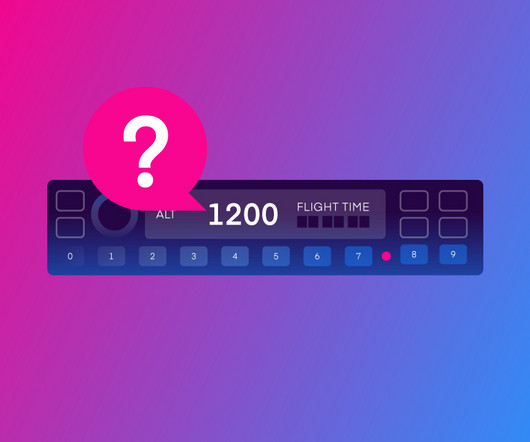Instrument Flying (IFR) FAQs – top questions this week
Flight Training Central
FEBRUARY 17, 2024
Additionally, a pilot should report any of the following events:: When vacating any previously assigned altitude or flight level for a newly assigned altitude or flight level ( AIM 5-3-3 ) When an altitude change will be made if operating on a clearance specifying VFR-on-top. ( AIM 5-3-3 ) When an approach has been missed. (










Let's personalize your content